On March 11, President Biden signed into law the American Rescue Plan (ARP), a $1.9 trillion package. We covered some of the arts-friendly basics in this bill over on our blog, but today we want to put a magnifying glass on the state and local funding in the ARP.
In the CARES Act of 2020, only cities and counties with populations over 500,000 saw relief. Only one county in South Carolina qualified, Greenville. The ARP provides $350 billion for state and local governments – every state and local government.
How much for SC?
For South Carolina, that means almost $4 billion is estimated to flow into every level of government across the state. For the Legislature, they’ll have a little over $2 billion to spend. Counties and cities will have $1.8 billion split amongst all of them (271 cities/towns, 46 counties). How much each jurisdiction will receive has not yet been finalized, but the Municipal Association of SC has a spreadsheet of estimates here.
Sidebar: The Census is so important, folks. Census data dictated these funding levels.
What are funds for?
This funding is more flexible than CARES Act funding for governments – which offers opportunities and threats to the arts.
-
Respond to the COVID-19 public health emergency or its negative economic impacts, including assistance to households, small businesses, and nonprofits, or aid to impacted industries such as tourism, travel, and hospitality.
-
Respond to workers performing essential work during the COVID-19 public health emergency by providing premium pay to eligible workers that are performing such essential work, or by providing grants to eligible employers that have eligible workers who perform essential work.
-
Provide government services to the extent of the reduction in revenue due to the COVID-19 public health emergency relative to revenues collected in the most recent full fiscal year prior to the emergency.
-
Make necessary investments in water, sewer or broadband infrastructure.
Note: States cannot attach additional requirements on local governments.
What about the arts?
The first allowable use of funds – responding to negative economic impacts – fits the arts in every way, especially given the focus on tourism, travel, and hospitality. This guidance is for every level of government, meaning arts groups could see relief from their city, county, and the state.
When does this funding hit?
The federal government has 60 days from March 11 to send money to each entity. States, counties, and cities with populations over 50,000 will get their funds directly from the feds. Smaller cities/towns will have their money sent to them through the state within 30 days of the state receiving those funds.
Governments can spend these funds through 2024.
What’ We’re Doing/Watching
The SCAA will be pushing for arts support in a few ways:
-
Ensuring legislative language doesn’t preclude the arts from support at any level of government.
-
Making the process for application, and the administration of any grant program (namely at the state level), nonprofit and arts-friendly. We hope to effect local decisions through state legislation or distributing information on strategies at the local level.
-
Monitoring the transparency of spending at all levels to the best of our ability (over 300 local governments, so we’ll do our best).
-
Pushing for explicit eligibility or funding for the arts.
-
Monitoring the use of funds at all levels – there is a lot of flexibility in this bill.
Take Action Now Locally – It’s Vital
We’re getting a lot of questions about how to advocate for local funding. The bottom line is this – all cities and counties (and even the state) will be waiting on final guidance from the US Treasury, which is expected by early April. That will give local governments the tools they need to start getting their priorities in place. Additionally, not every city/county will approach this funding the same. So your advocacy strategies will have to be hyper-local and may not be uniform even within your own county or region.
But that doesn’t mean you should wait around either. Here’s what you can do now:
-
Reach Out Locally ASAP / NOW! While final guidance has not yet been issued, local governments are already talking about what they may be able to do with their funding. They need to hear from the arts NOW so that when they meet to actually put a plan in place, they’ve already heard from you.
-
Team Up. There is strength in numbers. Team up with your fellow arts groups and nonprofit groups to meet with local leaders. Write Op-Eds together, issue public statements, and host meetings.
-
Stay Engaged. Keep an eye on the process, look for opportunities to keep in touch with your local leaders. Don’t only depend on alerts from us at the SCAA – local governments may move at totally different paces than the state, let alone their neighbors. We’ll be posting updates of course, but locally – you’re going to be the best advocates on the ground.
-
Think Through the Process. This advocacy work is not just about being noticed – it’s about being heard and being useful. You want to be sure that your requests are limited to what is supported, but also how it is supported. As we’ve learned throughout COVID-19 relief packages – the secret is in the application, administration, and reporting of funds. They all need to be arts-friendly so that all arts groups have the opportunity to benefit.
-
Be Ready. This can happen very fast, and it can also happen very slow (funding can be used through 2024). When the time comes, you need to already be there, early and prepared.
Resources:
National Council of Nonprofits + White House Briefing on ARP // March 25 @ 3pm EST
Arts Action Fund Overview of ARP / SVOG / PPP (View Recording)
Municipal Association ARP Summary
National Association of Counties ARP Summary (March 8, before passage)


